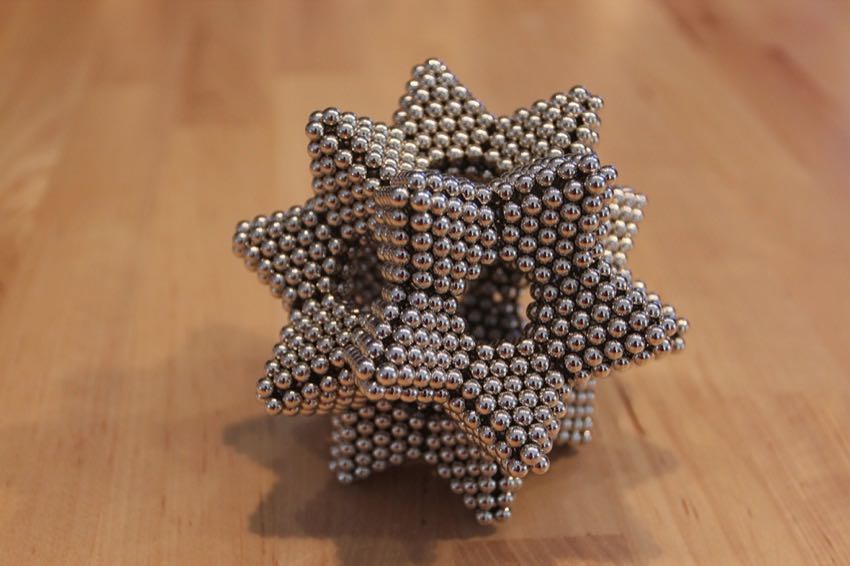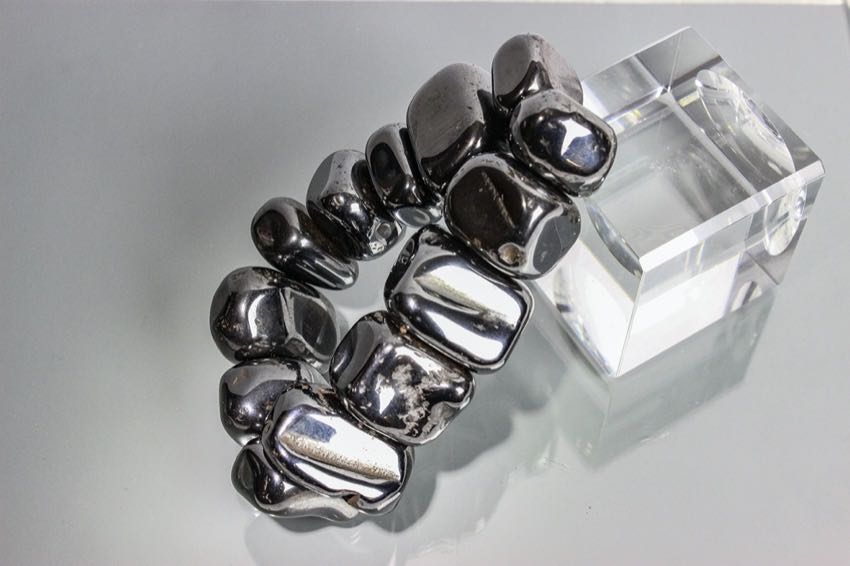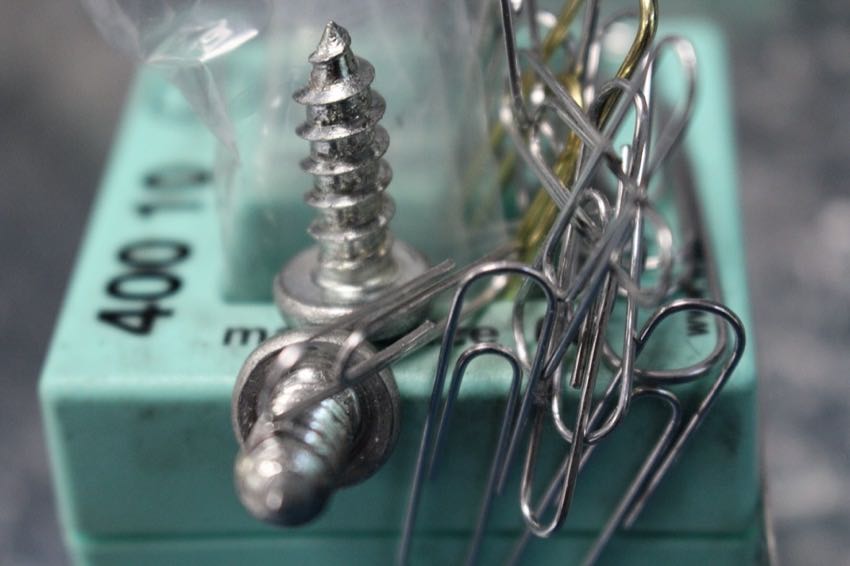Rare earth magnets have become a common feature in the world of power tools. But have you ever wondered what differentiates them from regular, run-of-the-mill magnets? Some of you probably already know the difference, but, for those of us who haven’t been all that concerned about learning any better, the term “rare earth magnets” can sound like fancy marketing jargon that doesn’t have any real importance in how a tool actually functions. The term makes it sound like the manufacturer drilled down to the molten core of the earth to extract the materials to make the latest magnetic tape measure. But, is the mythical-sounding magnet even all that complex or rare? Well, we got tired of wondering, and looked into it ourselves.
How Do We Get Magnets?
Some folks have posited that magnetic force is miraculous. While that can be forgiven, as the nature of the magnet does seem mysterious, the explanation for magnetic force has been definitively laid out in most junior high school classes across the country. This is to say that, while magnets are pretty cool, calling them “miraculous” is probably playing a bit too fast and loose with the term.
But, for the sake of having a refresher, and without getting too deeply scientific about any of it, here are the basics of rare earth magnets:
- Matter is made up of atoms.
- At the center of the atom, we have a nucleus consisting of protons and neutrons.
- Orbiting the nucleus, much like satellites orbit the earth, we have tinier particles called electrons.
- The movement of electrons generates a magnetic field.
Most electrons travel in pairs that orbit in opposite directions, canceling out any magnetic force that their movement generates. The thing is, in some matter, like iron, atoms may have unpaired electrons which produce net magnetic fields that turn the whole atom into a tiny magnet.
Of course, magnetism, as a subject, is far more vast than we’re able to cover on this page. For the time being, however, this action describes why ferromagnetic (“magnetic like iron”) materials attract one another.
What Makes Rare Earth Magnets Special
What makes rare earth magnets special is their attractive force. These are the strongest type of permanent magnets available right now. Take your standard ferrite or alnico magnets, for instance. They typically generate a magnetic field of around .5 to 1 Tesla (the unit for measuring magnetic fields). Rare earth magnets punch in at around 1.4 Teslas and can generate even higher magnetic fields.
The term “rare earth” is also a bit of a misnomer. Rare earth elements, coming from the lanthanide, scandium, and yttrium families of the periodic table, are actually fairly abundant. They rarely appear in large, concentrated deposits. Instead, you find them dispersed among other elements. From there, manufacturers use these elements in the alloys that form rare earth magnets.
Two Types of Rare Earth Magnet
We generally see two main types of rare earth magnets in use today, neodymium magnets and samarium cobalt magnets. They both come in different grades and have different properties and applications. Neodymium magnets, the stronger of the two, use an alloy that contains mainly neodymium, iron, boron, and varying degrees of dysprosium and praseodymium. Because these magnets tend toward brittleness and are vulnerable to corrosion, manufacturers typically coat or plate them to protect them from breaking and chipping.
Samarium cobalt magnets are the older of the two types. They are made from an alloy containing samarium, cobalt, iron, copper, hafnium, zirconium, and praseodymium. Typically difficult to demagnetize, samarium cobalt magnets have high operating temperatures and high resistance to corrosion.
Applications for Rare Earth Magnets
Both of these rare earth magnets find use in a variety of applications these days. Computer hard drives, various engine designs, MRI machines, fishing reel brakes, toys, and even guitar pickups all use these. You find them incorporated into all sorts of other applications as well.
But even more importantly to us, rare earth magnets get used a lot in conjunction with cordless tools and magnetic levels among other things.
Brushless motors seem to make the world go ’round these days, and they have rare earth magnets to thank. Rather than metal brushes making contact with the motor, the brushless motor sort of turns the whole engine inside out. Permanent rare earth magnets are mounted to the rotor. As electricity runs to them, the polarities of the magnets drive the shaft. Brushless motors tend to be more precise, quieter, more durable, cooler-running, and more powerful than brushed motors. Thanks, rare earth magnets!
In Conclusion
So, while it’s a little disappointing that rare earth magnets are not actually forged in the fires of Mordor like their name might suggest, they’re actually instrumental in making today’s cordless tool technology possible. Thankfully, the “rare” designation is more like an ironic nickname than anything else, because finding these elements with such regularity helps drive a lot of new innovation.





